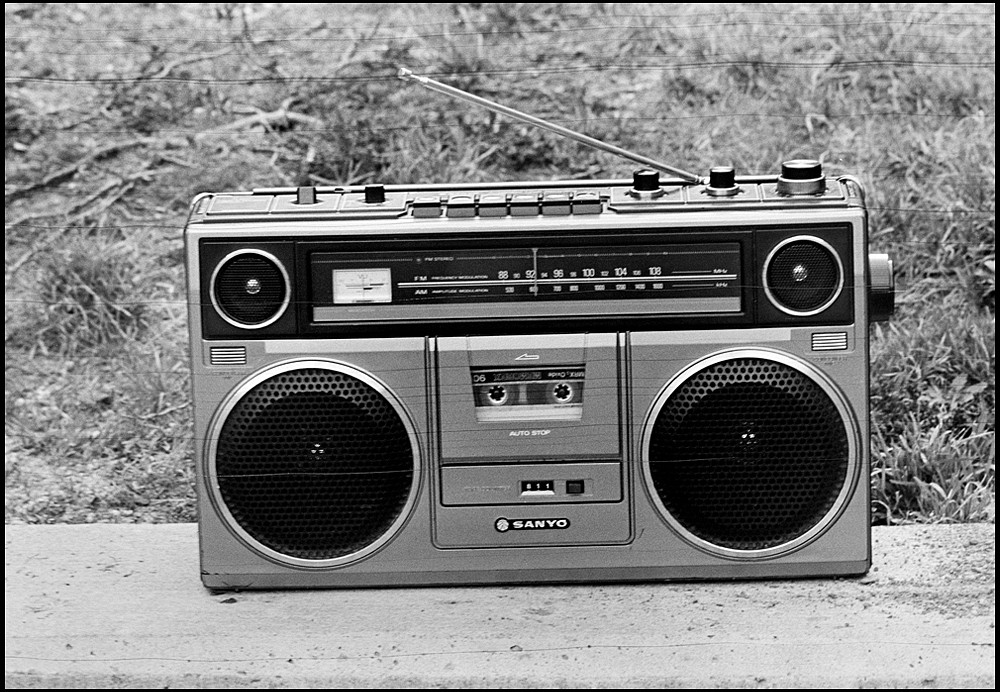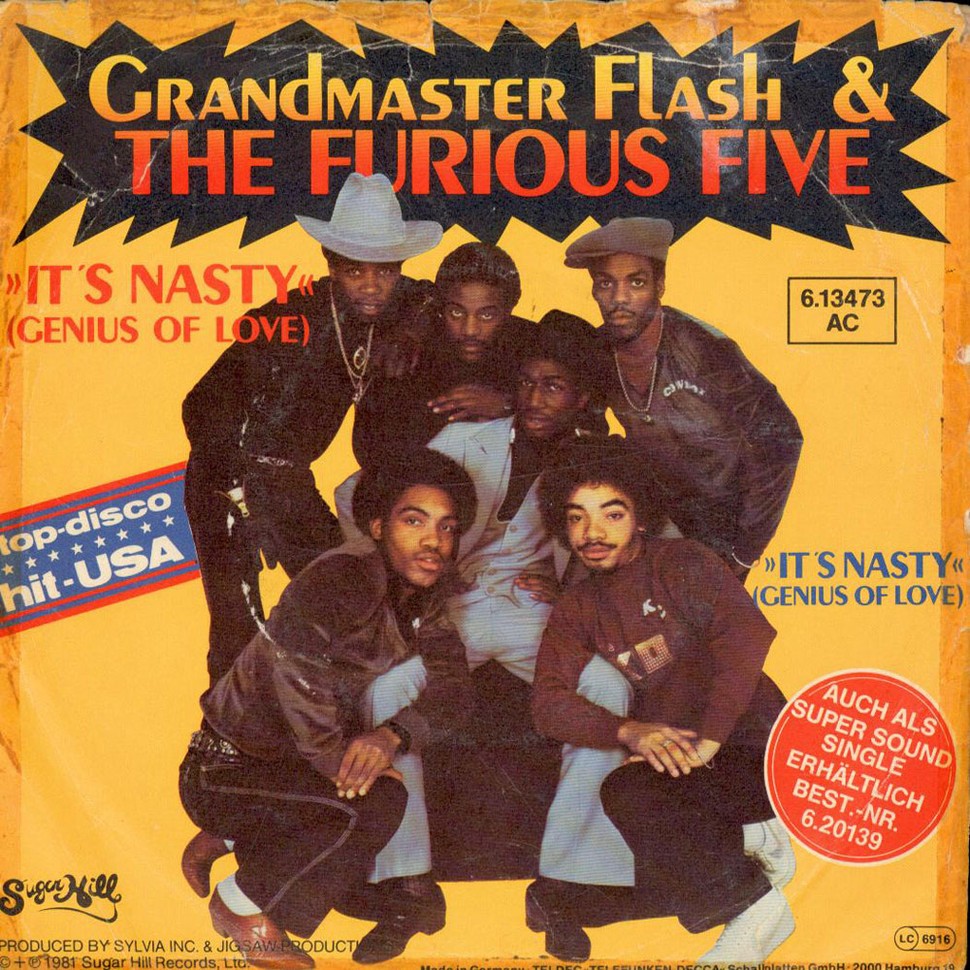Learn about the history of hip hop, and then read our interview with hip hop photographer Joe Conzo.
Being born and raised in the Bronx has its benefits. From a young age, I was immersed in one of the most unique and popular cultures that exists, hip hop. Hip hop culture is a flexible, creative form of expression that innovates with whatever there is around and makes something raw and new. Ultimately, it was the blending of European, Latin, Caribbean, and African cultures that became common practice, revealing a path to the creation of other genres that remain extremely relevant today. One of the original, primary strengths of hip hop was that it allowed young, creative Black and Latino youth to create art that reflected the reality of their lives, of the neighborhoods around them, and of the wider social circumstances in which they found themselves.
During the late 1960s, the inflation of housing in New York City led to many immigrants moving from Manhattan to the Bronx. The population boom in the Bronx led to a playful fusion of Latin, jazz, and R&B musical genres with English and Spanish lyrics. This fusion was not only between Black and Latino cultures, but also Caribbean culture. It showed how life in the Bronx lived side by side in neighborhoods throughout the city.
Latin music went through a transition. What became known as “salsa” — the same Afro-Cuban-based music as mambo but with urban, grittier instrumentation and arrangements — reflected the tensions and problems of living in New York City’s poorest neighborhoods. The leader in this Latin genre was Fania Records, which was founded by Jerry Masucchia, a former lawyer and cop from Brooklyn, and Johnny Pacheco, a Dominican musician who grew up in Mott Haven, Bronx. Some popular musicians had mainstream hits like Pete Rodríguez’s “I Like It Like That” and Hector Rivera’s “At the Party,” both still very popular today. This culture fusion is a prime example of America as a “melting pot.” It shows just how different cultures influence the world to create something great.

